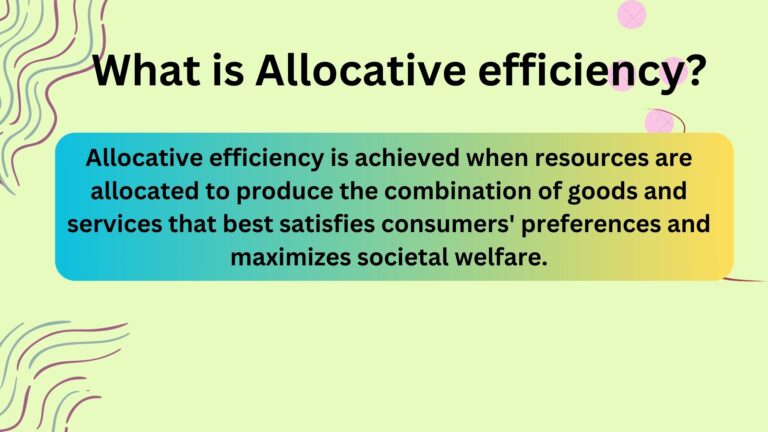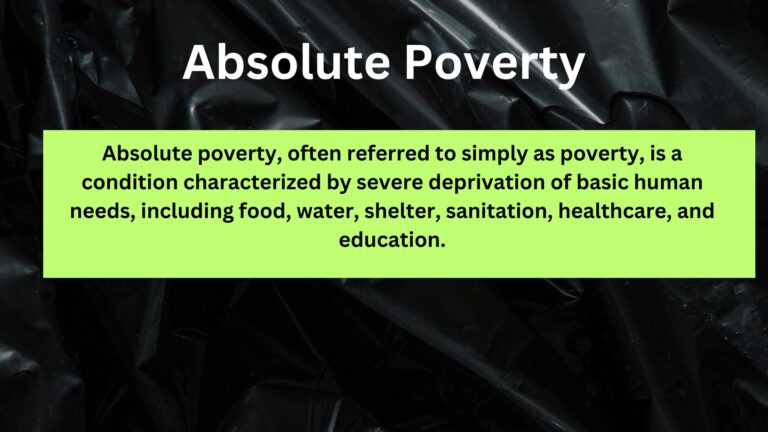Pareto Principle or the 80-20 Rule: Source, Significance and Applicability

Vilfredo Pareto, a late nineteenth‐century economist/sociologist who first noted and reported his observation that about 80 percent of wealth was concentrated in about 20 percent of a population. This is the basis for what we now call the Pareto Principle. After, this statement the principle is used over the word in various fields like budget management, financial investment strategies, time management strategies etc. There are various experiments or analysis have been made to verify the applicability of the principle, however, in some cases it apply but in other don’t. Let’s take an example, for the Forbes list in 2012, it was found that 20% of the richest people own 56.72% of the money. For the world Gross Domestic Product (GDP) in 2011, 20% of the richest countries in the world have 91.62% of the total amount of money.
Brief introduction about Vilfredo Pareto the father of Pareto Principle
Vilfredo Pareto made major contributions to a wide range of subjects covering mathematical economics, statistics, sociology and many others. In economics his name is mainly associated with general equilibrium, welfare economics and ordinal utility. Vilfredo Pareto was an Italian economist and sociologist who made significant contributions to both fields.
Pareto was born in Paris in 1848 to Italian parents. He studied mathematics and physics at university. He graduated with a doctorate degree in engineering from the University of Turin in 1869. After graduating, Pareto became the director of an Italian railway.
Becoming an advocate of classical liberalism, Pareto was hired as a lecturer in the economics department at the University of Florence in 1886. There, he became interested in sociology and the role of power and government in society. He spent the rest of his life as the Chair of Political Economy at the University of Lausanne, in Switzerland.
What is Pareto Principle in simple words?
In 1906, an Italian economist, Vilfredo Pareto, observed that about 20% of the people owned about 80% of the wealth. Later, quality management pioneer, Joseph Juran generalized this principle in quality management to postulate that 20% of something is always responsible for 80% of the results. He adopted Pareto’s principle to explain this and named it Pareto’s principle or Pareto’s law (aka the 80:20 rule).
What are the 80/20 rule real examples?
- By identifying the crucial 20% that yields 80% of the results
- 80% of your success comes from 20% of your ideas.
- 20% of foods cause 80% of the weight gain.
- 80% of crimes are committed by 20% of criminals.
- 80% of the population finds only 20% of it attractive.80% of results are caused by 20% of thinking and planning.
- 80% of website traffic comes from 20% of content.
- 80% of software functionality is caused by 20% of the software developers’ efforts.
- 20% of farmers produce 80% of the world’s agriculture.
- 20% of your time leads to 80% of your happiness.
- 20% of your habits create 80% of your productivity.
What is Pareto Principle in total quality management?
Total quality management (TQM) is an integrated management approach that aims to improve the performance of products, processes, and services to achieve and surpass customer’s expectations. To accomplish this objective, some key factors that contribute to the success of TQM efforts are to be identified. These key factors are often termed as critical success factors (CSFs).
Quality management pioneer, Joseph Juran applied Pareto Principle to project modeling. The structure of the modeling process follows this rule. It is about, 80% of the modeling project time is spent in data preparation, and only about 20% is spent in training and testing the model. Based on the 80:20 rule, we might expect to achieve a “sufficient” modeling solution in many cases, with only 20% of the effort we could spend modeling to create the solution with maximum predictability.
What is Pareto’s principle of time management?
The Pareto principle in time management states that 80 % of results will come from 20 % of your effort.
So, 80 % of your time should be spent solely on these important, impactful activities like, value creation Strategic planning, creating new, innovative products etc.
And 20% of activities which you should do but not have such impacts, like, daily routines of human activities and the tasks that are way out of your comfort zone



![What is Miami Heat? History and Importance [2024]](https://anyfaq.org/wp-content/uploads/2024/04/What-is-Miami-Heat-768x432.jpg)


